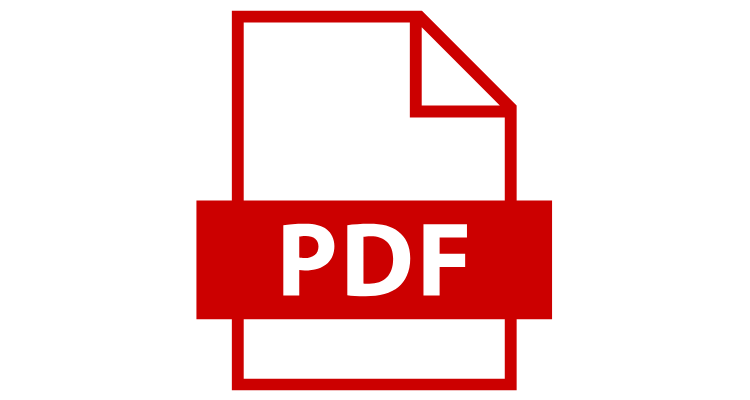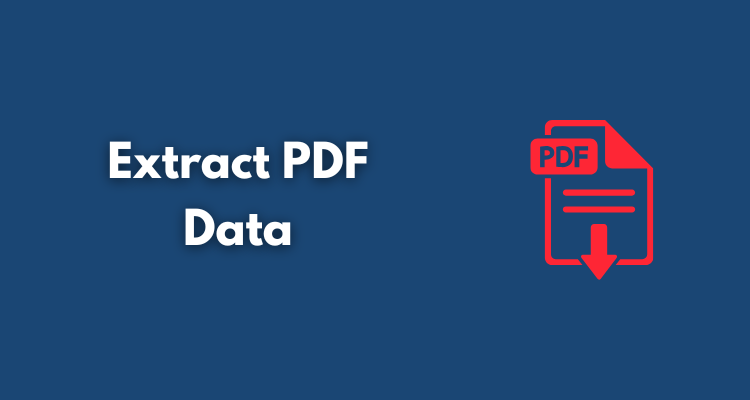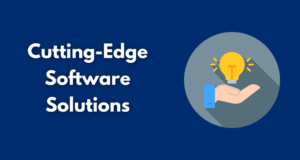If your team is still copying figures from PDFs into spreadsheets, you’re not doing analytics, you’re doing admin. Finance closes get slower, dashboards drift out of date, and auditors ask questions you can’t answer quickly.
The fix isn’t more people; it’s a pipeline that turns invoices, POs, contracts, and reports into clean rows you can trust. Here’s how to build that, step by step, without grinding your ops to a halt.
Table of Contents
ToggleWhy PDF extraction is an analytics problem, not just OCR
Enterprises don’t suffer from a lack of data; they suffer from data trapped in semi-structured documents. A single vendor can change column order on an invoice, squeeze three items into one cell, or switch fonts and break a brittle parser.
That chaos bleeds into your enterprise analytics layer when numbers don’t reconcile and stakeholders lose faith. The right approach treats extraction as part of the analytics lifecycle: capture, classify, extract, validate, and load, then measure the quality of each step like you would any model.
Some organizations start with a generic OCR pass. That’s a good baseline for full-page text, but it rarely gives you the table rows, key-value pairs, and line-item totals your BI tools need. You’ll move faster if you define target fields first, then pick technology that reliably returns those fields under real-world conditions.

What “good” looks like in a PDF-to-analytics pipeline
A resilient pipeline begins at the edge. Documents arrive in bursts via email, SFTP, portals, and scanners. A smart intake normalizes formats, applies light classification, and kicks off extraction with the right template or model.
Tools that support document field capture help you anchor to the values that actually drive analysis, vendor name, invoice date, subtotal, tax amounts, GL code hints, rather than dumping entire pages of text.
If you need a concise reference on capabilities to evaluate, this overview of document field capture is a solid checklist for accuracy, template-flexibility, and export formats.
From there, validation saves you rework. Totals should equal line items plus tax; dates should be in range; amounts should be positive for invoices and negative for credit notes unless you detect a reversal.
You’ll want human-in-the-loop controls for low-confidence fields so reviewers can accept or correct values quickly. When confidence crosses a threshold for a given vendor, your straight-through processing rate climbs, and review time falls to near zero.
Build vs. buy: making a practical choice
Teams usually weigh three paths: extend a general OCR engine, adopt a managed service, or embed a commercial SDK in your own systems. Raw engines give you control but require a lot of rules and upkeep.
Managed services reduce maintenance and handle edge cases well, though you’ll trade some fine-grained tuning for speed. SDKs sit in the middle: you keep data on your infrastructure and tailor behavior, while leaning on a mature extraction stack.
To calibrate your choice, run a bake-off with real files—curled pages, scanned copies, embedded images, mixed tables—and compare not just accuracy but latency, error handling, and export cleanliness.
If you want to review how a major cloud frames the problem, the Google Document AI overview is a straightforward primer on formats, features, and common use cases, and it’s useful for vocabulary alignment across teams.
For another angle, AWS Textract documents break down how table and key-value extraction surface into downstream apps. Both offer reference points when you’re writing acceptance criteria.
How to measure extraction quality like an analyst
“Looks right” isn’t a metric. Treat extraction like any model and measure it. Precision and recall for named fields tell you whether the engine is guessing or missing.
For tables, evaluate row-level accuracy and column mapping quality. Track latency per page and per document, and log the human review rate by vendor or form type. Most importantly, compare totals after load against system-of-record values; reconciliation is where silent errors go to die.
Over a few weeks, you’ll see which suppliers or document types need vendor-specific hints, and where your model or rules can improve.
Where to land the data, and how to keep it useful
Fast extraction only matters if the data lands where analysis lives. Many teams push parsed fields into a staging area in their warehouse or lakehouse, apply simple transformations, then surface analytics-ready models to BI tools. Keys matter here.
If you don’t capture vendor IDs, order numbers, or PO references, you’ll end up matching on fuzzy text. That’s slow and brittle. Aim for stable identifiers at capture time so joins stay clean.
If you’re building or refactoring the backbone that will carry this data, a primer on data infrastructure design can help you choose the right storage and pipelines for your scale and latency needs. When leadership asks what they’re getting from the work, be ready to tie it back to data insights that actually change decisions.
Security, compliance, and the “don’t get fired” basics
Documents often carry PII, banking details, and pricing. Keep ingestion over TLS, encrypt at rest, and scope access by role, not team. If you move from email intake to API intake, validate MIME types and enforce file size caps.
Store the minimum needed for retraining or audit; everything else should be ephemeral. Log who changed what during human review, and retain the original document and the extracted JSON alongside a hash so you can prove integrity later.
If your industry requires it, mask sensitive fields before they hit non-production environments.
A narrow, real-world rollout plan
You don’t have to boil the ocean. Pick a single high-volume document type—say, vendor invoices from your top five suppliers, and a narrow field set: invoice number, invoice date, total, tax, and currency. Set quality targets and a time-boxed pilot.
If you hit 98% field-level precision and cut cycle time in half, expand to line items and more suppliers. When you see repeated corrections in review, fix the underlying rule or enrichment once instead of training every reviewer to compensate.
Teams that approached analytics with this discipline reduced close time, eliminated late-night reconciliations, and finally trusted their spend dashboards. If you want to see the broader analytics picture this work feeds, our overview on enterprise analytics lays out the upstream and downstream dependencies worth planning for.
Common edge cases, and how to stop them from derailing you
Scans of scans create shadows that confuse engines; apply light pre-processing and de-skewing before extraction. Multi-currency documents can flip your numbers if you don’t parse currency codes and symbols; normalize early and store both raw and converted values.
Some vendors hide meaningful data in footers and sidebars; set capture zones generously or enable layout-aware parsing so you don’t miss the fine print.
And remember that a model that nails invoices may still struggle with contracts; treat each family of documents as its own problem with shared components, not as a monolith.
The bottom line: enterprise analytics needs fast, reliable PDF data
You can’t build confident dashboards on top of hand-keyed PDFs. The wins come when extraction is accurate, fast, and boring, boring in the best way, because it just works.
Anchor your pipeline around the fields that drive analysis, let validation and light human review catch the rest, and land clean data in your warehouse with the keys your queries depend on.
Evaluate tools against real files and sensible document field capture criteria, and your analytics program will finally move at the speed of your business.









